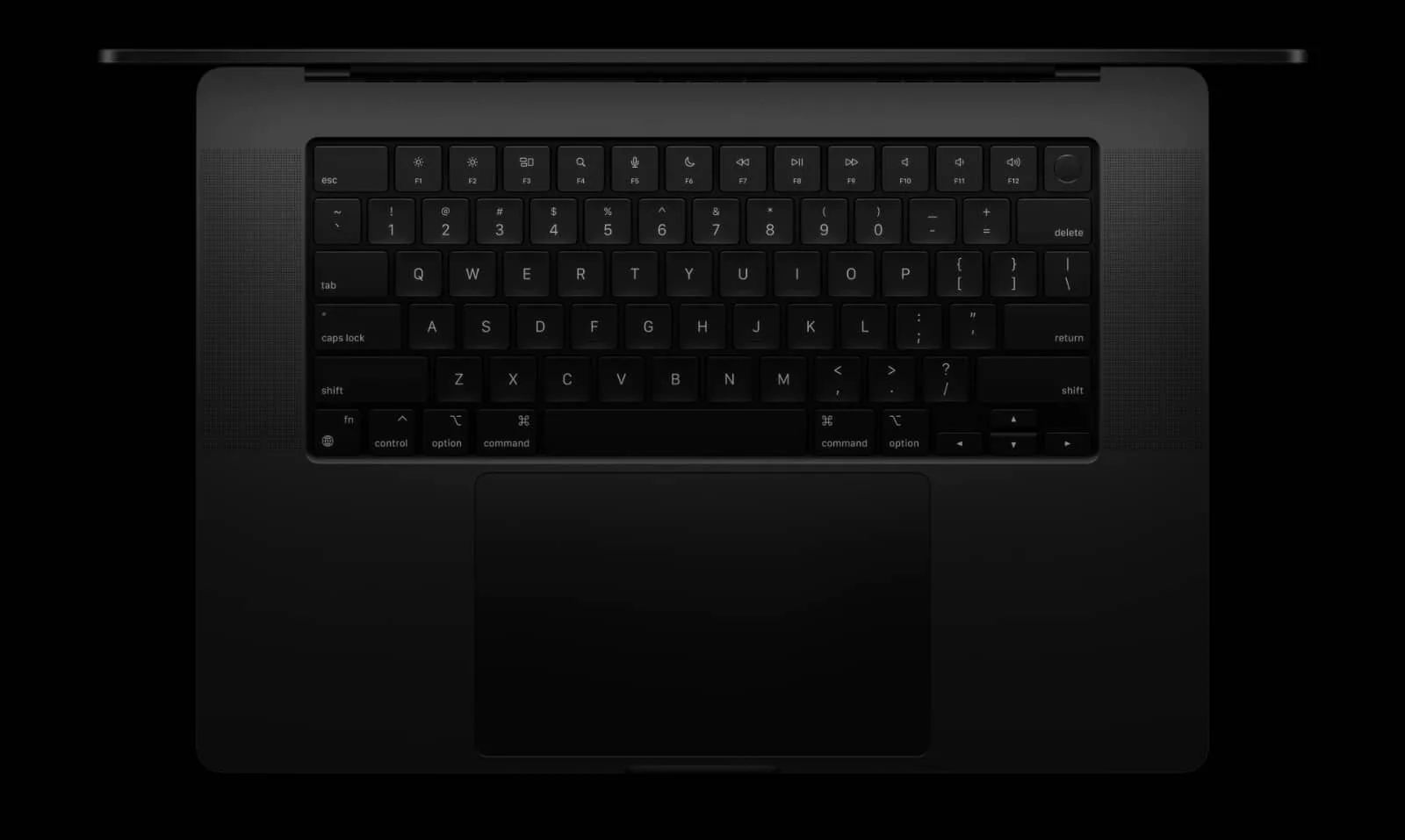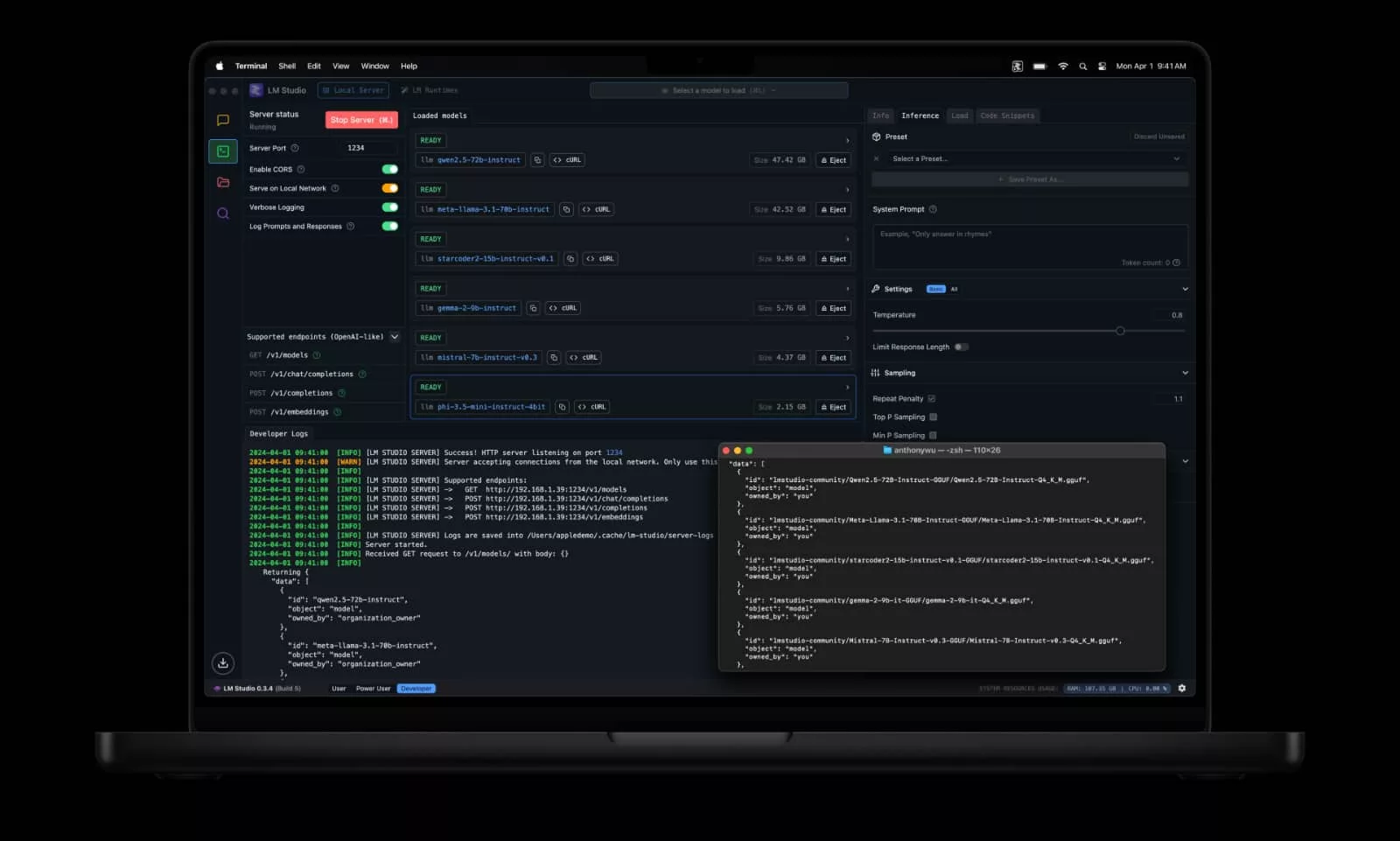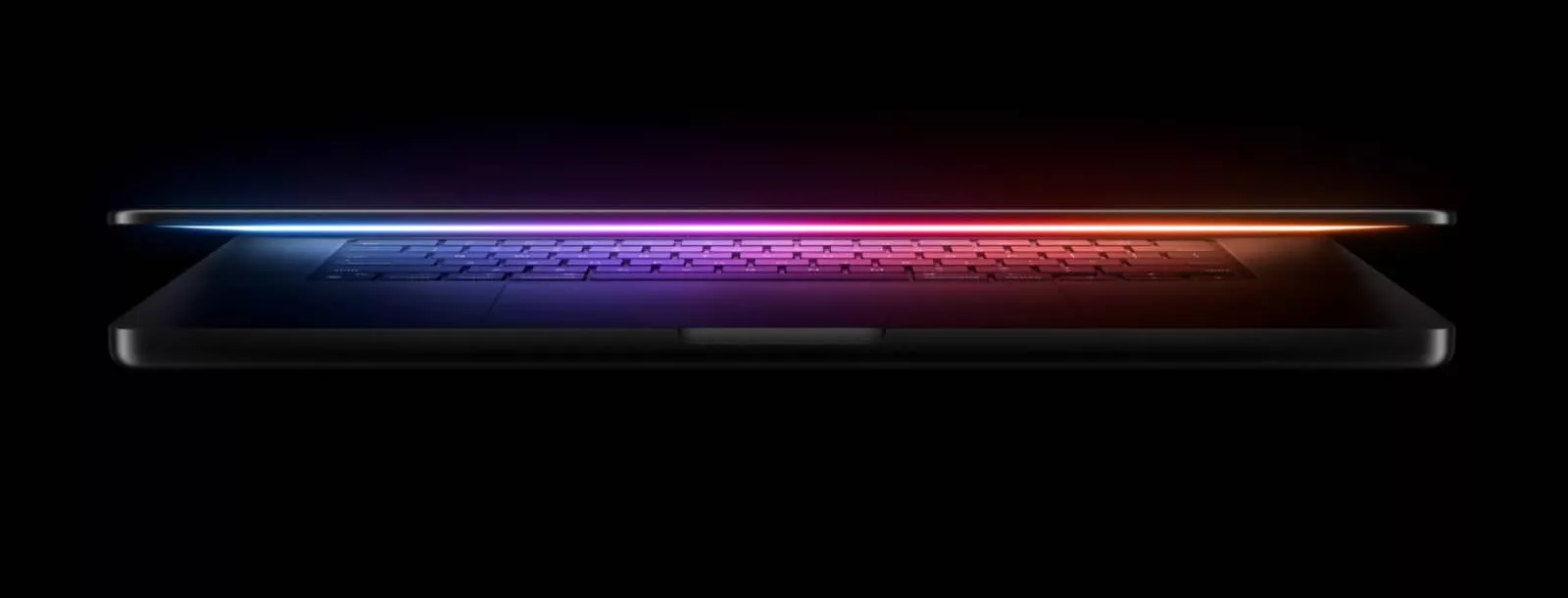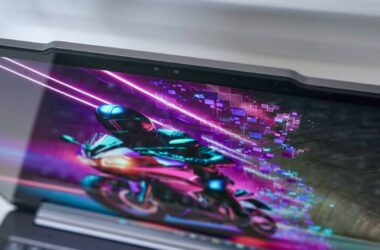Apple’s portable workstation gets an M4 boost in the base model, while the later models get Pro and Max power, plus Thunderbolt 5.
The launch of new Apple Silicon may well have kickstarted the week of new computers for Apple, launching a new generation of Mac Mini as well as a newly updated iMac, but that doesn’t mean it ended there.
There’s also Apple’s pro laptops that need an update, as the MacBook Pro gets even more powerful.
Last year’s M3 Max MacBook Pro was already fast enough, but don’t let that stop Apple, which will be using its M4 Pro and Max variants to soup up the 2024 MacBook Pro even more, while offering a standard variant 14 inch with the same chip used in this year’s iPad Pro.
The range starts with the $2499 14 inch M4 MacBook Pro, a laptop arriving with 16GB RAM and the same hardware the base model iMac and Mac Mini will this year launch with, complete with support for Thunderbolt 4.
However, it’s in the next level up where things get better.

Available in both a 14 and 16 inch variant, the MacBook Pro with M4 Pro sees more cores for the processor and graphics, jumping from a 10 core CPU to a 14 core model, while the graphics processor jumps from 10 to 20 cores, boasting more speed and capability overall.
Moving on from here, there will be an M4 Max option with even more capability, delivering up to a 16-core CPU and up to 40-core GPU, supporting up to 128GB RAM, with more prowess for pretty much anything. Video processing, graphics rendering, animation, data, development, you name it. If you need grunt, it appears Apple has your name.
And the same goes for improved speed for wired accessories.
In the M4 Pro and M4 Max versions of the MacBook Pro, Apple has included Thunderbolt 5, an update to its predecessor keeping the same USB-C port, the same USB functionality and charging, but boosting support for Thunderbolt 5 supported devices to hit speeds as high as 120Gbps, also known as 15 gigabytes per second.
“MacBook Pro is an incredibly powerful tool that millions of people use to do their life’s best work, and today we’re making it even better,” said John Ternus, Senior Vice President of Hardware Engineering at Apple.

Apple has kept other things the same, with the metal body design identical, though the screen, as well as the emphasis on battery life, supporting up to 24 hours depending on the model.
The screen appears to be mostly the same across each model, too, complete with the shelf to make the displays seem that much bigger, but there is now an option for a nano-texture display just like on the Studio Display, with support for more peak brightness in HDR.
Inside the shelf, there’s now also a 12 megapixel front-facing camera, boasting Apple’s Centre Stage feature, able to keep someone in frame the entire time.
Much of the hardware otherwise stays the same. The revival of MagSafe is still here, as is Bluetooth 5.3, and Apple has left WiFi at WiFi 6E, distinct from the WiFi 7 offered on the iPhone 16 range.

All MacBooks start at 16GB RAM
Across the board, you’ll find 16GB RAM is now the starting point for the MacBook Pro, likely because of the needs of Apple Intelligence, and that means Apple has had to make some changes.
Specifically, it means that even the M3 MacBook Air models now start at 16GB RAM, priced from $1599 in Australia. Essentially, new MBA owners are getting an extra 8GB for the same price that were previously only getting 8GB last week.
M4 MBP Australian pricing and availability
The M4 MacBook Pro will cost a little more, priced from $2499 for the 14 inches M4 base model, while the M4 Pro 14 inch MacBook Pro starts from $3299 and the 16 inch from $3999, while the M4 Max starts at $4999 for a 14 inch and the M4 Max 16 inch priced from $5699.
Availability is shortly, with the M4 laptops heading to Australian Apple stores from November 8.






